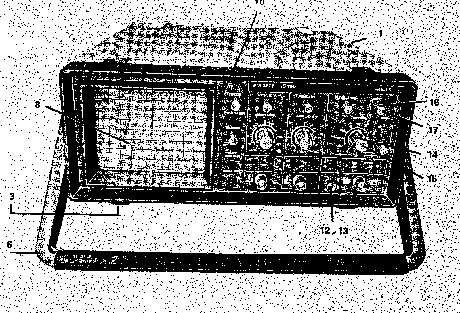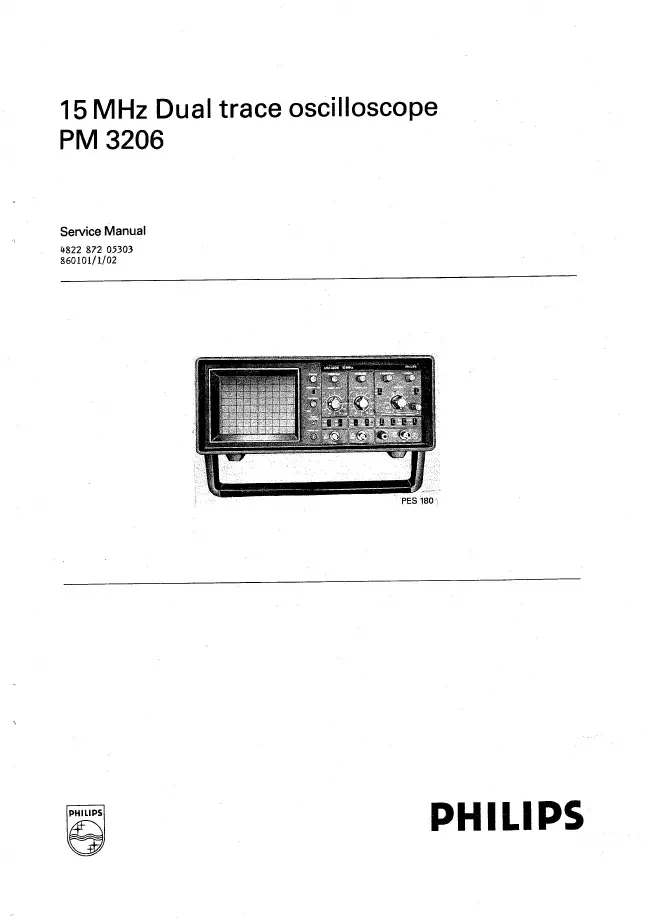Philips - PM 3206 - Oszilloskop
Hersteller:
Gerät:
PM 3206
Datum:
1986
Kategorie:
Gruppe:
Untergruppe:
Informationen
1 Handbuch
Reparaturanleitung
Dokumenttyp:
Reparaturanleitung
Seitenanzahl:
134
Größe:
13,0 MB
Sprache:
Englisch
Revision:
Dokument-ID:
4822 872 05303
Datum:
Januar 1986
Qualität:
Gescanntes Dokument, alles ist lesbar.
Upload Datum:
31. Juli 2020
MD5:
e969e412-b523-186e-c8b1-e285ec07aaf7
Downloads:
445

